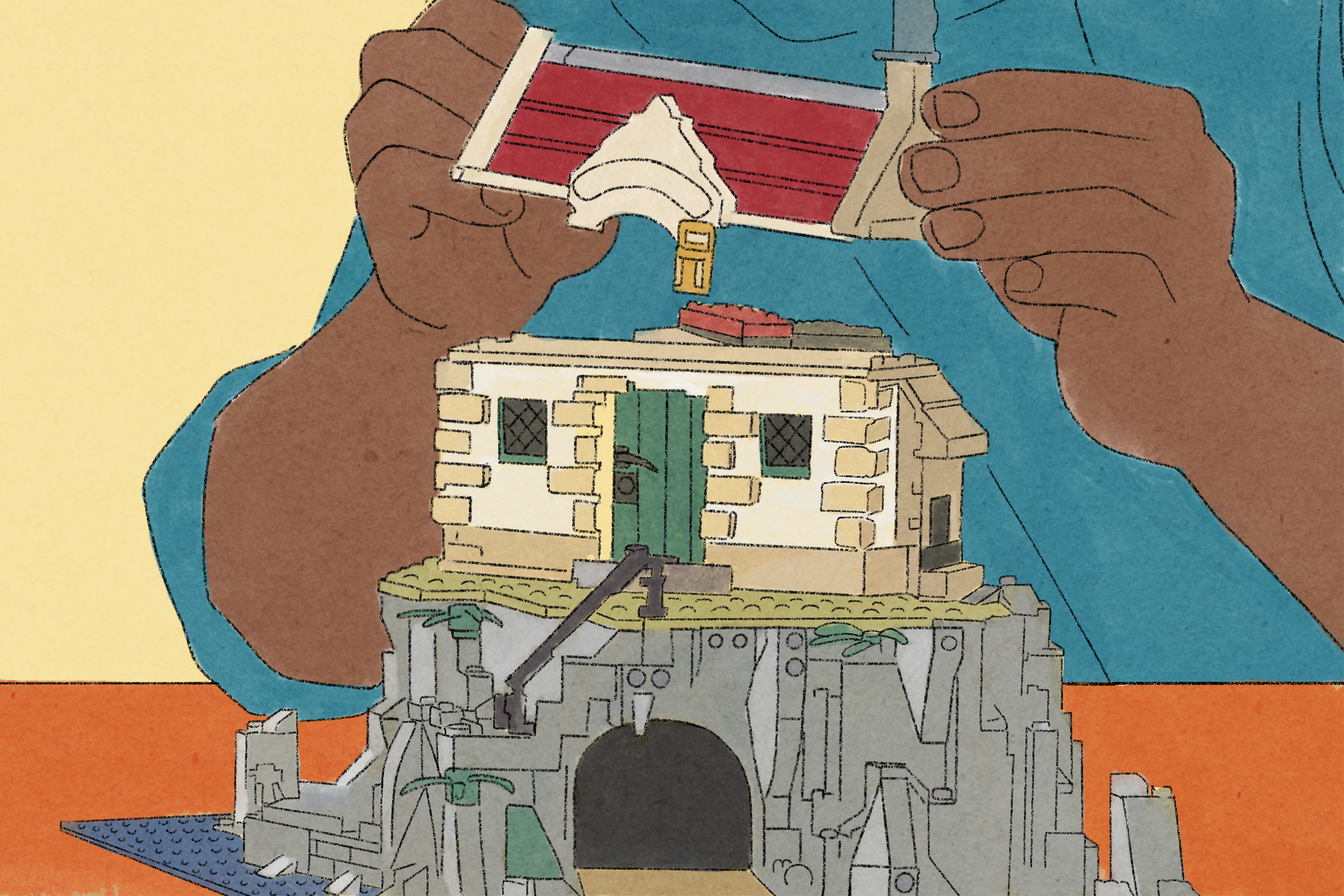LEGO’s audience continues to grow in age and number; what exactly has LEGO done to keep up with and maintain its now-older audiences?
When one thinks of adult toys and entertainment, LEGOs probably won’t be the first thing that comes to mind. But what if they could be?
LEGO is known for knowing its audience. It listens to both new and long-time fans, observing media trends and sometimes making sets based on their designs. In 1977, the company noted that some ‘builders’ sought more complex, intellectually challenging sets. The result was the Danish toy company’s introduction of the “Expert Builder” series — later renamed ‘LEGO Technic’ in 1984.
These sets used new building techniques in their assembly — using pieces resembling tubes and other machine parts from automotive designs — to create miniature mechanical moving models of motor vehicles: tractors, cars and even construction machines.
These sets were branded “for all ages,” allowing now-adult fans who had grown up with the toys to buy more “mature” set for their leisure time after a stressful day at work. Until its discontinuation in 2022, LEGO Technic was immensely popular among older kids and adults. During that year, they released some LEGO Ideas sets — such as the 3-D Van Gogh Starry Night and the motorized lighthouse sets — to see if this reach into older audiences was feasible. LEGO saw the potential in marketing their toys for the greater all-ages range of consumers. They ended up making more money and further developed the “mature” sets, finding eager customers in the older, stressed-out audience; one that was willing to pay up to $849.99 for a chance to de-stress.
Thus, the creation of the “Adults Welcome” series became an official modern staple of the LEGO company.
These sets are made for older audiences, but what them so appealing? How are they marketed differently than the classic children’s toy ads?
First of all, the look is essential: many adults feel attracted to the aesthetics of the sets as shown in the pictures online and on the packaging. The packaging designs themselves have a more ‘mature’ look to them, involving minimal color work and elegant visual designs. They tend to have a mostly-black casing with a ribbon at the bottom with the set’s information. Another key detail in the packaging’s design is the implementation of the 18+ text among the set information, and although these sets don’t require a higher level of technical skill, LEGO still made this conscious choice to cater to adult audiences. The sets themselves are usually much bigger than the kids’ sets, too, often including over 1000 pieces and creating model vintage cars, nostalgia-inducing instituted fandom collector sets and simpler, perhaps more versatile sets like the bouquets of flowers — all of which make for great gifts, desk pieces or even aesthetic coffee table decorations to put on display.
The ads used to promote these emphasize the aspect of relaxation and de-stressing after a tough 9 to 5 workday. They showcase people coming home, opening up and putting these sets together like a modern-day jigsaw puzzle. The packaging’s sleek black look contrasts the colorful and more playful aspects of kids’ sets. As evidenced above, too, the prices, too, are meant more for those with full-time jobs who can afford these, not kids paying with their monthly allowance. LEGO’s marketing essentially communicates to its adult audience that they’re paying for aesthetic room decorations and the time one thus purposefully sets aside to build them. It’s a fun, easy-to-follow, aesthetically pleasing activity that lends to a cool-looking result.
LEGO has grown and changed the general public and the toy industry’s mentality surrounding who can play with toys. After all, why shouldn’t grown-ups be able to put some bricks together and make a sick Star Wars space ship model?

















